Tipping is customary worldwide, but what’s expected in one country may not be the social norm in another.
In Canada, one of the biggest questions visitors have is around tipping — when to do it, how much to tip, and for what services.
When you grasp proper etiquette around gratuities in Canada, you’re more poised to behave respectfully, and sidestep embarrassment while in the country.

Do You Tip in Canada?
Yes. Tipping is generally expected in Canada and is a customary part of etiquette. While not a requirement, etiquette-wise, most people do leave a gratuity.
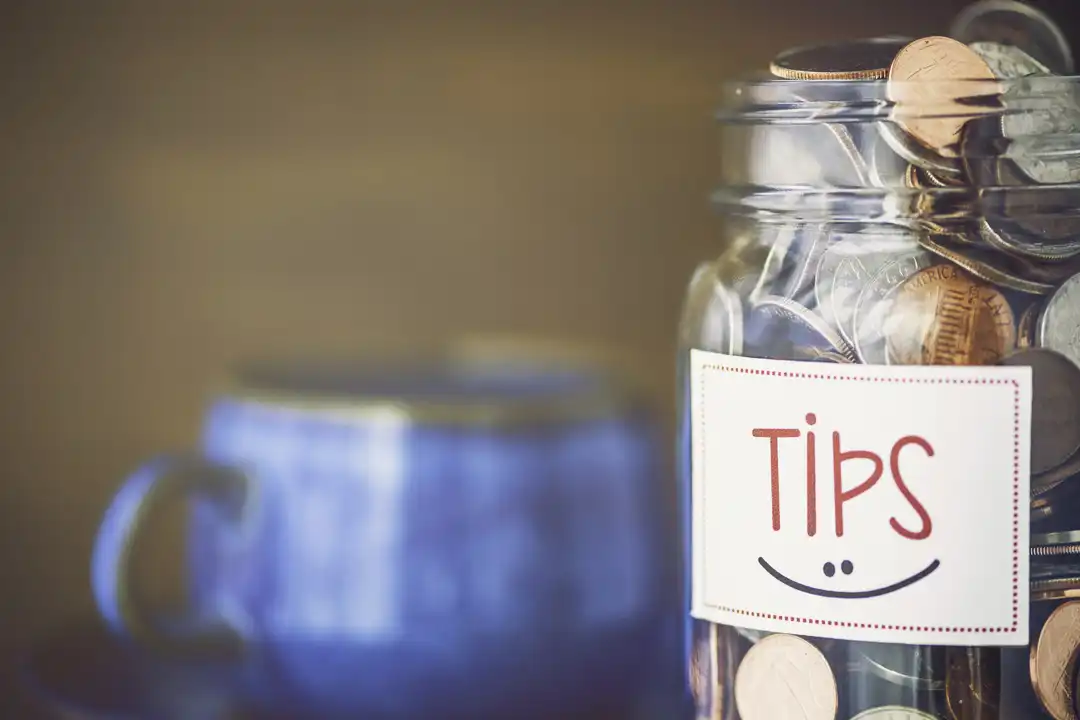
Why Do People Tip in Canada?
In Canada people tip for a number of reasons but primarily because it is culturally established and is a social way of acknowledging good service.
Though in Canada a higher base hourly wage is generally consistent for service workers in comparison with the U.S., tipping is still a relevant complement to income as well as gesture of appreciation.
Though not a matter of law, tipping in most service based environments is a social convention and indicates respect for the labor that goes into good service.
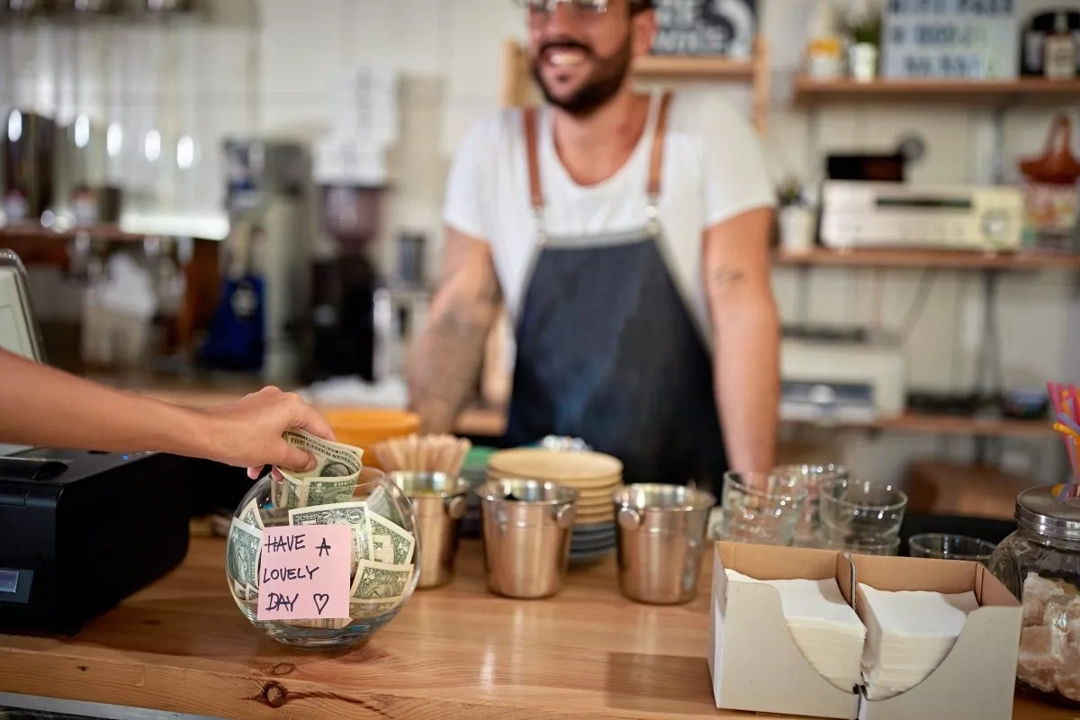
When Tipping May Be Expected
Dining Out (Restaurants & Cafés)
If you’re eating out at a restaurant or café in Canada, tipping is customary. The general rule is to tip around 15-20% of the bill (pre-tax).
Occasionally, you may see a pre-added gratuity on the bill for larger groups, so be sure to take a second look at your check.
If you enjoyed the meal and service, leaving a little extra won’t go unnoticed. Although it is not mandatory by any means, tipping is a sign of appreciation for good service.
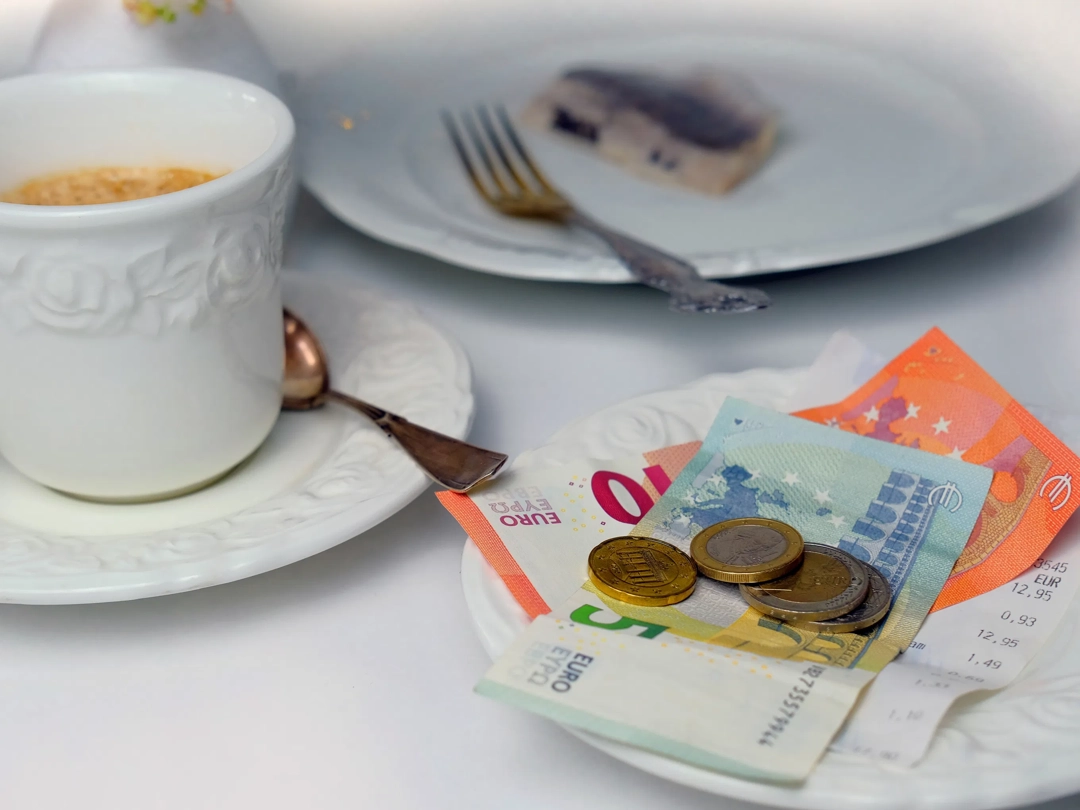
Bars, Coffee Shops, & Quick-Service Outlets
Having a drink at the bar or a coffee is pretty standard — as is tipping.
Typically, you’ll tip $1-2 per drink or if you’re in a more high-end place, 15-20%. Quick-service places would even warrant a small tip left in today jar. It’s just a nice gesture for good service.
Hotels (Bellhops, Housekeeping, Concierge, Valets)
Tipping hotel staff can be very helpful.
You’ll typically want to tip a bellhop $1-2 per bag and leave $2-5 per night for housekeeping. If the concierge helps you, $5-10 is always appreciated.
And if you use the valet, $2-5 is the standard fare when you pick up your car again.

Transport (Taxis, Ride-Shares, Drivers)
If you’re taking a taxi or a ride-share, 10-15% is a standard tip. If it’s a short trip, 10% is acceptable.
In the event of additional assistance, such as heavy bags, or if the driver deals with exceptionally bad traffic, add a bit more to show your gratitude. Tipping is a thank you.
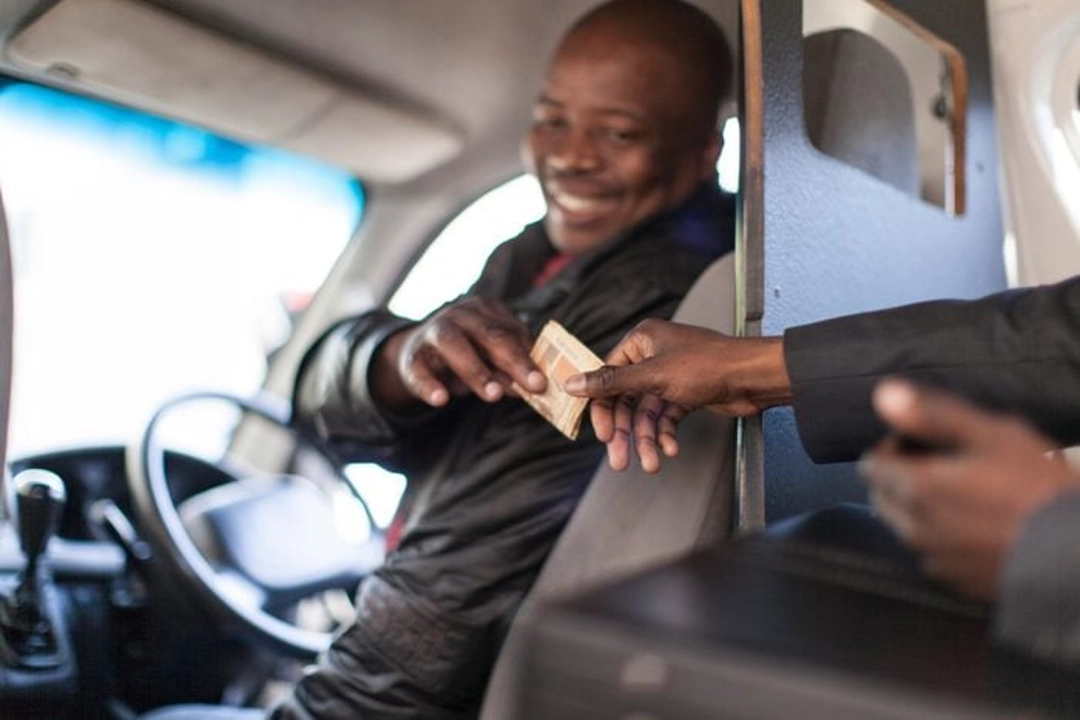
Tours & Guides
On a group tour, a $2-5 per person for a half-day is the norm, while $5-10 for a full-day is acceptable. For a private tour, 15-20% of the total is the standard.
Guides work hard to make your experiences as delightful as possible, so it’s always nice to thank them for that.
Delivery & Takeout
When you order delivery or pick-up, there’s a good chance a tip will be expected. The general recommendation is 10-15% of the order’s value. On small orders, a minimum tip of $2-5 is common.
But if your delivery is braving adverse weather conditions or heavy rush hour traffic, even a little extra can make a lasting impression.
Personal Care Services (Hair, Beauty, Spa)
If you’re going to a salon or spa, and you receive a great service, you should expect to tip — it’s common practice.
In most cases, the tip is about 10-20%. If you felt that the person providing your service went above and beyond, you can be more generous.
Remember that this tip is a way to show that you appreciate the care and attention to make you look and feel better.

When Tipping May Not Be Expected
Fast-Food Chains and Self-Service Counters
When you’re running into one of the fast food or counter-service places in Canada to grab something quick, tipping shouldn’t be on your radar—and that’s totally fine.
Many of these locations offer more of a limited service, devoid of interaction or waitstaff. Even if you spot a tip jar on the counter, you don’t need to feel guilty about skipping it.

Grocery Stores
In a Canadian grocery store, you don’t need to worry about tipping. Workers like cashiers and stockers aren’t working for tips—they’re paid by the hour.
Tipping isn’t customary in these cases because there’s no individual interaction happening; the service is more of an “indirect” nature. You don’t have to include a gratuity in your budget when buying groceries.
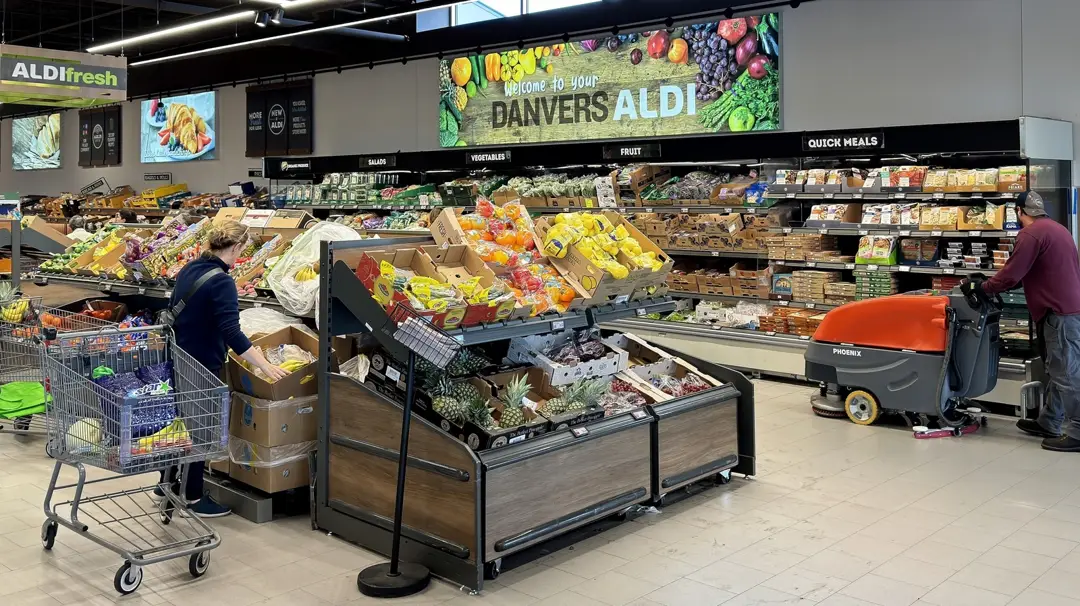
Certain Casual Takeout Places
At certain casual takeout establishments, don’t feel guilty about not leaving a tip. These are typically simple and to-the-point places that exist solely to make things convenient and quick and easy for you.
When you sit down to eat somewhere, you have a server but here there’s no one waiting on you, so tipping isn’t an expectation at these places.
Regional and Cultural Nuances
Major Cities (Toronto, Montreal, Vancouver)
In Canada’s major cities (like Toronto, Montreal, and Vancouver), tipping becomes a bit more common. They have a lot more vibrant service industries and tipping is just more they do.
You’ll find that you are expected to tip here and that the tips will be a bit more standard and a little more generous than in the smaller towns.
That’s because these cities deal with a lot of different kinds of people and fast paces all day and it’s all about service quality.
So knowing what’s expected here can add to your visit and acknowledge the service.
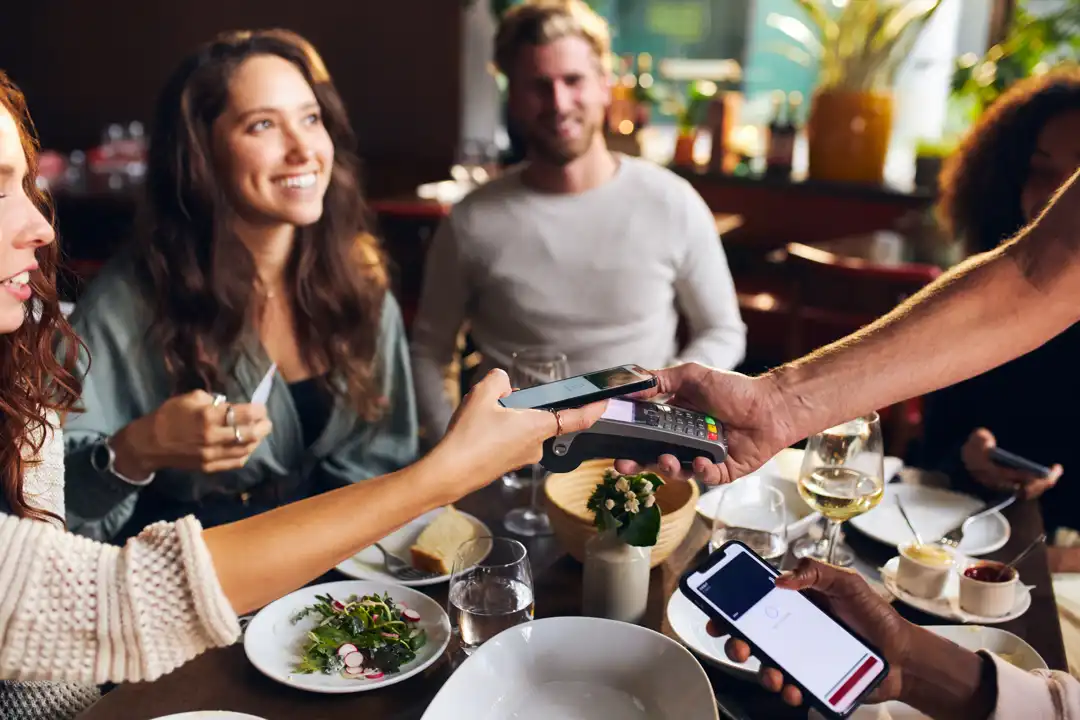
Compared to the U.S.
While the custom of tipping in Canada is reminiscent of the United States, there’s a small nuance.
In Canada, it is customary to tip, but the expectation to over-tip is not as strong.
Tips are certainly appreciated, but with service workers typically being paid a slightly higher minimum wage than those in the U.S., there’s a bit more wiggle room when it comes to how much to tip.
So, while it’s true that tipping 15-20% for service is standard, it’s not as obligatory as it can be in some areas of the United States.
That difference shows and allows for a more relaxed policy when it comes to tipping, granting you the freedom to tip as you see fit, depending more on the level of service and your wallet.
Notes on Tipping in Canada
Always Check the Bill
Never pay for anything until you’ve looked at the bill in a restaurant.
In several countries, a service charge might be included for larger groups mainly over eight so you don’t have to tip more.
Tip on the Pre-Tax Amount
At the end of the day, the simplest approach for determining a tip is to consider the total amount of the bill before tax.
It is the custom in Canada, making tipping easier — and fair. And consistent. That way, you tip based on service, not math.
Cash Tips are Appreciated
That said, I still think it’s a good idea to leave a cash tip for your tour guides. They’ll appreciate it! And, it’s a little thank you that goes a long way.
Keep Small Bills Handy
Having small bills is important when it comes to properly tip. It’s good to have because you never know when you need to tip someone immediately.
If you have small bills, you can tip right away without having to worry about finding change — or accidentally over-tipping.
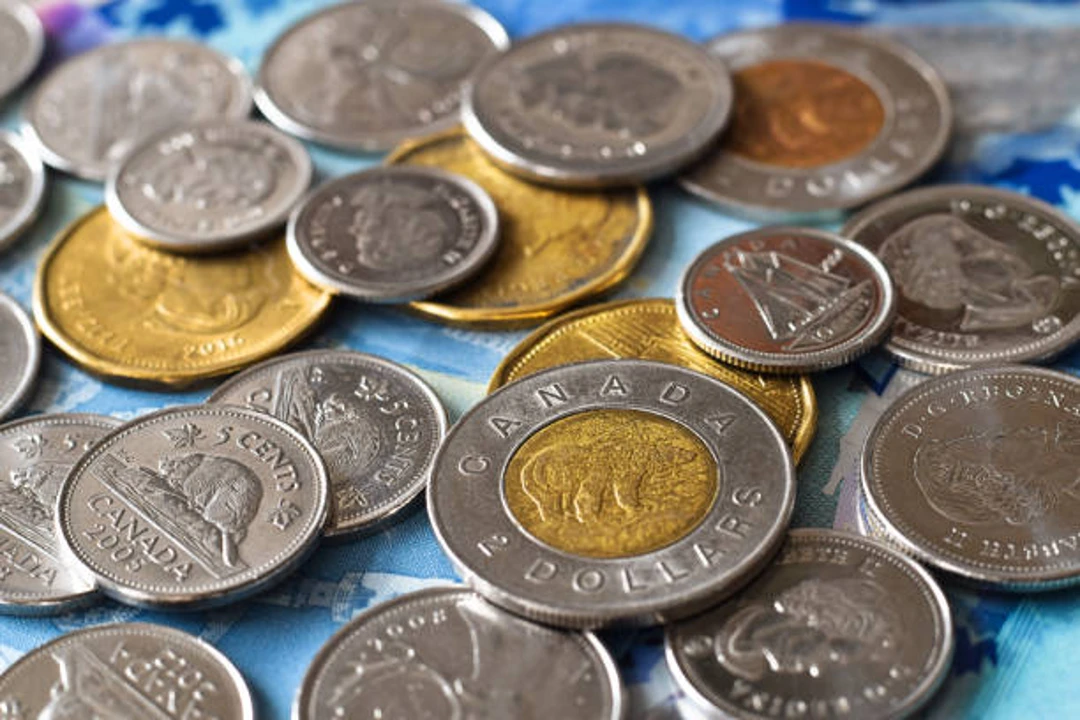
FAQ
1. Should kids or students tip if they’re on separate checks?
Yes, anyone using the service is supposed to adhere to the same tipping etiquette.
2. Do Canadians tip on debit or credit cards?
Yes, most credit card machines are set up to ask for a percentage or personalized tip before processing the payment.
3. Is it acceptable not to tip anything in Canada?
Though not against the law, it is considered rude not to leave a tip unless the service was egregiously bad.
4. Do Canadians ever refuse tips?
It does happen that in governmental establishments or businesses where tipping is forbidden.
Conclusion
While not mandatory in Canada, tipping is an entrenched practice that indicates you valued a job well done.
Be it at a restaurant, hotel, or in a taxi, giving a tip reinforces the camaraderie among service employees and the overall Canadian way of life.
Stick to these standards, and you’ll sidestep any usually uncomfortable scenarios while making your way around Canada with much more ease and good will.
